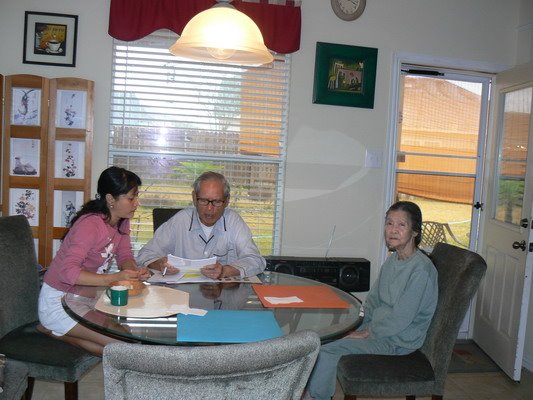May 13, 2015
JAPAN TOTAL WAR - Doãn Quốc Ti Nô - part 2
In 1937, Asia became the ground for many now call the real start of World War II. Skirmishes between China and Japan in the border of Manchuria had blown up into the Second Sino-Japanese War. Even though Chiang Kai-Shek, the leader of China’s government, tried to stall with negotiations and defensive strategies, Japan quickly took Shanghai, Nanjing, and the Shandong peninsular. In Nanjing, one of the most horrendous was crime was committed. Japanese troops got completely out of control and started to shoot, kill, and rape anyone on sight. Nanjing was sacked so thoroughly and chaotically that it was compared to the Mongol’s siege of Beijing. Tens of thousands people were shoot in the chaos, and thousands more women were raped. Historians are still arguing to this day about whether the Nanjing incident was an accident or deliberately ordered by the Japanese government. It was certain the government took no actions in reigning in the troops or even punishing them for the act. As Japan was seizing more territories, the government found it increasingly difficult to defend them from Chinese resistance. Guerrilla’s attacks were happening everywhere in the country side, and more civilians were killed in order to “pacify” the Chinese. Puppet governments were set up in Northern China and Mongolia. Defenses were strengthened against retaliations as fear looming over about the USSR. But Japan was especially worried about Western powers. When all-out war broke out with China, Japan quitted the League of Nations after being condemned by every major Western country for the actions in China. Because they could not get Western powers to recognize its positions China, Japan resorted to preparing for a major military escalation. In the 1936, a pact was signed between Japan and Germany, later joined by Italy, called the Anti-Comintern Pact of 1936. This was originally a joined agreement by the three countries to help each other against the threat of communism. It laid the foundation for the for the Axis power that came to fruition when Germany invaded Poland and defeated both France and Britain in 1940. On the same year, Japan attacked Malaysia, conquering it as Britain was too busy with Germany. Then Japan moved further to conquer the rest of Indochina from the French since it was defeated by Germany. It even went as far as attacking India through Burma. But Japan was severely weakened when the US began to cut its economic ties with Japan. The US had always been supportive of Chiang Kai-Shek in China. Japan tried to diplomatically seek out a solution to satisfy the US presence, but everything failed as US cut its precious oil supplies to Japan. As Tojo became the new prime minister of Japan, he decided on a bold plan. He wished to go to war with the US and seized all of its colonies in South East Asia, thus seizing the oil fields in the area. But first it needed something to frighten and paralyze the Americans before their operation began. This led to the attacks on Pearl Harbor in December 7, 1941. Japan calculated that the entire US Pacific fleet or at least the big ships would be present for repairing and refueling. Over 18 battleships were sunk and crippled, and many smaller ships were destroyed. It destroyed American Naval capabilities in the Pacific for a time, enough for Japan to attack and take every US colony in the South East Asia, including Philippines. Japan hoped that the swift actions and different simultaneously coordinated assaults would force America into negotiations. Japan had good reason to believe this, for the US had been demilitarizing since the 1930s. Western powers had been honoring the Washington Naval Treaty, thus their ship capabilities were not too impressive. Furthermore, the depression had weakened the US considerably, while Japan came out of the depression stronger. Additionally, the US people had shunned the idea of involving in another world war, embracing the isolation policy instead. But as they would later found out that they had angered a woken sleeping giant. Not only refusing to negotiate, the US geared its industries back in action to prepare for war against Japan and her allies. Japan was now in gear for total war.
Subscribe to:
Post Comments (Atom)



No comments:
Post a Comment